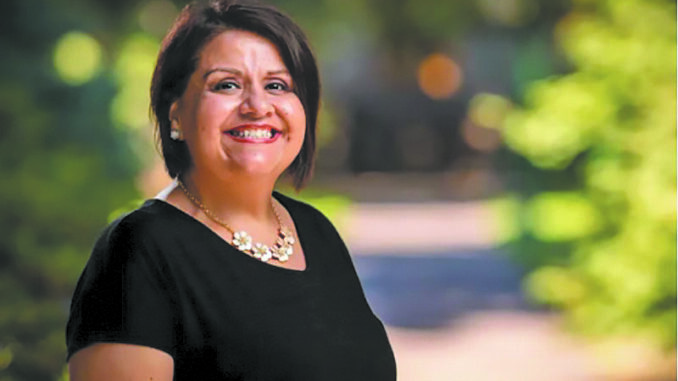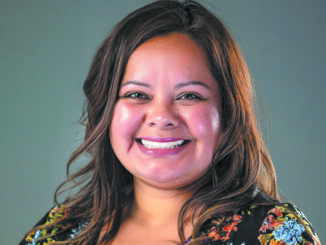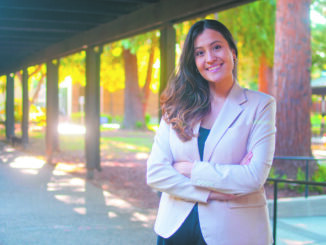
From the Central Valley to the World: Inspiring Students To Reach For The Stars
by Andy Furillo
If you’re a high school or community college student who wants to expand your higher education options, you might want to get in touch with Ruth Rodríguez.
That is, if she hasn’t already gotten in touch with you.
Rodríguez is the University of Oregon’s assistant director for regional recruitment. Her territory includes the San Joaquin Valley, and she’s been working for two decades to prepare high school students for the next step of their education and inform them, their parents, and their counselors about all of the college choices available to them.
“We do not lack talented students in the Central Valley. We just need to make sure high school counselors are helping take the right classes and engaging in extracurricular activities
Ruth Rodríguez, Assistant Director for Regional Recruitment, University of Oregon
Even though the default choices of state schools in Merced, Turlock, Fresno, and Bakersfield are terrific, Rodríguez wants everybody to know that there is a whole other world of universities out there waiting for them, but that heightened preparation and knowledge of opportunities may be in order.
“In the Central Valley, students tend to look and stay local,” Rodriguez said. “If they do look outside the valley, it might be to UCLA or the Bay Area. They often see going to an out-of-state school as out of reach, an impossibility. I encourage students to think that they have options.”
Rodriguez’s recruitment turf also includes the Sacramento Valley and the Central Coast of California. She believes that high schools need to ensure that their students are ready to go anywhere they are willing and able to attend college. We do not lack talented students in the Central Valley. We just need to make sure high school counselors are helping take the right classes and engaging in extracurricular activities that university admissions offices assess to balance out their student bodies.
“Schools need to provide what students need—the AP and honors classes, the extracurricular activities, student organizations, sports,” Rodriguez said. “Those are all things colleges want to see on an application. If students don’t have those opportunities at their high schools, that’s fine—they need to tell the colleges that on their applications. The Central Valley is behind on a lot of that.”
A recent study by the Public Policy Institute of California reported that only 57 percent of high school graduates in the San Joaquin Valley go on to college, compared to 65 percent statewide. The big reasons for this shortcoming include failure to complete college prep courses, finances, campus proximity, and perceptions of access.
Rodríguez, who grew up in Hilmar and now lives in Turlock, feels strongly that considering out-of-state options could close the gap. Many well-known, out-of-state universities accept up to 60 percent of their applicants, compared to the five-percent-or-lower rates of some top California colleges. Not only is it easier to get in, but some out-of-state schools—such as the University of Nevada and the University of New Mexico—have financial assistance plans that can even make them more affordable than California schools if students are adequately prepared.
“That’s my job,” Rodríguez said, “to encourage students to open themselves up to the world and reach for the stars.”




